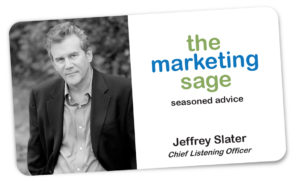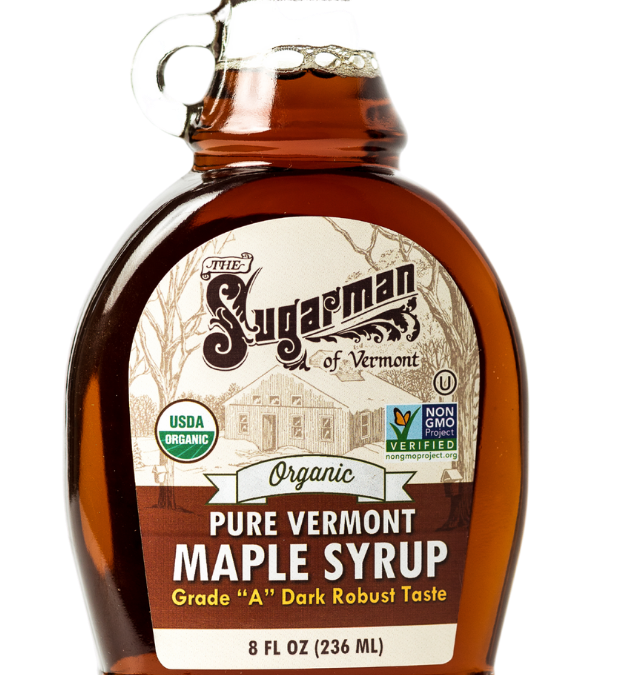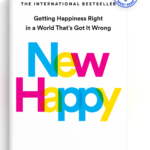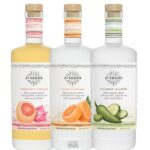Warm maple syrup on pancakes is like a bear hug from your kind and loving grandma. It fills you with the sweetness of life and the happiness and possibilities of a new morning. The scent and sight of maple syrup oozing onto a homemade pancake remind me of a cold, New England morning with the air filled with the sweet smell of embrace. For 40 years, The Sugarman of Vermont (TSOV) evoked those memories. You might recall finding their products served at a high-end hotel like The Four Seasons at a fancy brunch or in the gift shop.
But in April of 2020, they slammed into a wall that was nothing like the evocative image of maple syrup flowing over warm pancakes.
Like many companies selling products through foodservice channels – hotels, restaurants, and gift shops, they suddenly found life not so sweet. Due to the pandemic, no one was traveling, and life stood still. The hospitality business was no longer hospitable.
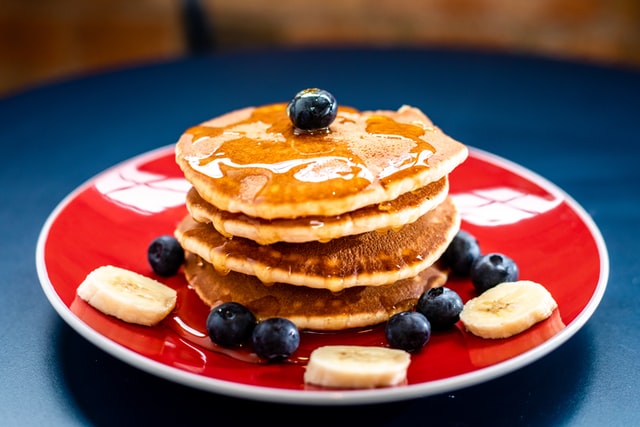
Businesses with a concentration of customers or channels are always at risk of too much dependence on one market. In 2020, clients with strong presences in foodservice have had to face enormous challenges since April as everyone’s habits on the planet shifted and adjusted to life at home. Traffic at fast-food restaurants, hotels, and bars took a deep dive. And, although there is some uptick – most brands selling into the foodservice space are struggling.
The Vanilla Connection
Through the gracious introduction of my friends Skip and Mike, I met Steve Beck, the newly appointed CEO for The Sugarman of Vermont.
Faced with the daunting challenges at hand, Steve is an industry veteran leading food and beverage companies and worked through a range of uphill business issues that were waiting for him when he arrived at the front steps of The Sugarman of Vermont in July of 2020 – amidst a business that had nearly ground to a halt from the effects of the pandemic.
Steve has been President or worked at Elevations Foods, New England Ice Cream, Moobella, and the Manitowoc Company. Both Steve and I met our mutual friend Skip by purchasing vanilla from him over the years when he ran David Michaels Flavors, the Philadelphia based flavor house. As I wrote in a post last year, nothing vanilla about Skip.
Where to Begin
Steve is exploring ways to rebuild the business and find innovative ways to use real maple beyond breakfast. He is starting to build a direct-to-consumer business to test new channels and products.
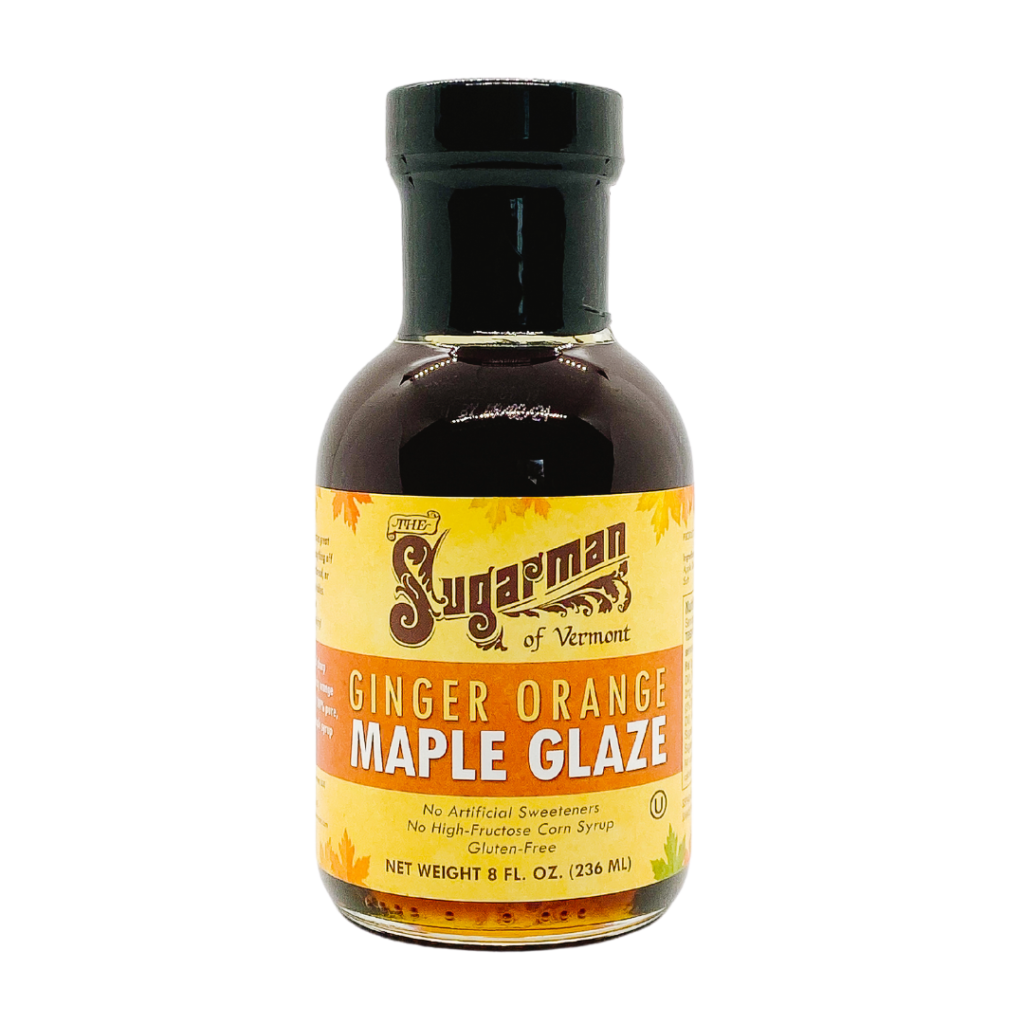
A new ginger orange maple glaze is but one of the innovations making its way to consumers. This new creation combines the flavors of sharp ginger and juicy orange blended with 100% pure, grade “A” maple syrup and honey. Their maple syrup glazes are made from 100% pure Grade A maple syrup made and shipped directly from their state-of-the-art facility in Hardwick, VT. In addition to being local, the maple syrup glazes are also kosher and gluten-free. They can be used as a finishing touch to anything off the grill, drizzled on flatbread, or spice up roasted vegetables.
How Would I Approach This Maple Challenge?
When Steve arrived at TSOV, there was no legacy commercial or consumer strategy, and his board challenged him to begin to put together the pieces of the puzzle of where and how to grow the business.
His job is to create a vision and a roadmap for the future. These Herculean tasks require patience, foresight, and a steady hand. Fortunately for Steve, he has found both a talented team at the company and has a steady and resourceful board that is eager in collaborating to build a well-defined plan and a north star.
When I get introduced to a business leader with the types of challenges that Steve faces, I often wonder – what would I do if it were me? How would I wrestle with this sticky challenge?
Brownies, Slim Jims and Cheerwine
For fourteen years, all I thought about were brownies. That was in the ’70s and ’80s—nothing but chocolate with a little butterscotch too. Next for a period in the 1990s and 2000’s I was snapping into Slim Jims. I am not a red meat-eater, but my life revolved around finding new ways to market an iconic American product. During the 2010s, a part of my life revolved around the sweet southern nectar known as Cheerwine. (regional soft drink legend).
What would I do with this maple challenge? Where could you take maple that it hasn’t gone in the past? Here are several thoughts and ideas that come to mind as I tap my brain.
- Customer Concentration: Diversify or Focus? – How could TSOV avoid putting all their maple coated pancakes in one breakfast basket? In other words, a multi-channel approach makes sense. However, it is hard enough for a small company to market in one channel successfully. Starting a DTC (direct to consumer) business is what almost all food companies are doing today. But – it is extremely difficult. It requires an entirely different set of skills and marketing chops. TSOV needs to be prepared to heavily invest in making this profitable. It is not hard to get top-line revenue – the challenge is making money, which means luxury or premium products, priced accordingly, and in untapped categories. I’d spend a lot of time thinking about the benefit of a multi-channel approach versus a more focused effort. It seems like a pandemic only comes around every one-hundred years, so I think focusing solely on one channel – foodservice is the smartest play. DTC may be a bright shiny object and a bigger distraction with a smaller reward. I know from experience how hard it is to successfully market in one channel with excellence. Two channels are ten times harder. I’d probably go deep into the foodservice channel.
- Significant Market Gaps – What gaps exist in different market categories where no one uses my core product in their flavor profile. Maple could deliver a hint of comfort imagery and sweetness in an unexpected area. For example, I only know of one cereal positioned around turmeric made by Nature’s Paths. It is a successful, growing brand. Are there categories where no one has leveraged maple where the upside is significant? For example – functional sparkling water with a hint of maple. I don’t think I have ever seen a maple-scented/flavored line extension in beverages. I can imagine a maple-infused latte product. There are plenty of maple-flavored yogurts; my go-to yogurt is Maple flavor from Brown Cow. Could there be a collection of maple-flavored dry rubs? The problem to be solved is understanding where is the gap, and how can you bring maple instead of honey, agave, sugar, or other sweeteners to a category? Where could a natural maple flavor become the star – perhaps in a private label brand.
- Delivery Systems – Is there a new and novel way to use maple syrup through packaging? (Think of butter sprays, for example, or pastes or solid forms). What happens if you change the form of maple syrup to something new? What if it was solid – maple syrup chips/chunks for tea instead of honey. What if you made maple leaf shapes made from maple for oatmeal or other warm breakfast cereals. Maple in solid form could be a candy platform, but other ideas give the flavor a new life. Can maple syrup replace honey, and is there an antioxidant, health benefit to promote? Maple contains a reasonable amount of minerals, including calcium, potassium, iron, zinc, and manganese. It also has more antioxidants than honey. Maybe maple is the new honey if packaged and presented differently – particularly if it was an “only we product” – something no one else sells. I would also look at the glass bottles used in spirits. How can you have an elegant, upscale glass package that communicates luxury, high-end, and premium?
- Occasion– positioning – Maple is so associated with breakfast, so Steve’s idea of glazes makes a lot of sense to bring it to a different daypart. You add it to protein cooked on the grill, for example. But what other occasions might be worth exploring. I wrote about sparkling wine with a hint of blueberry positioned for weddings. (something old, something new, something borrowed, and something blue). Maple-cured bacon, meats, and other proteins make sense but getting co-branding on products mean you have a strong enough brand to license. I’d spend a bit of time thinking about what other occasion or day-part could maple fit.
- Packaging and Exclusivity – Could the brand use stunning, customized glass bottles to package their products? Like high-end spirits, can they use distinctive shapes to communicate premium value? Think perfume – a liquid in an elegant and distinctive container offering a sense of exclusivity. Maybe create a vintage-like approach where bottles are numbers like rare art prints.
The most challenging part of this task is that you have 40 years rooted in a category and time of day.
It is fun to be a marketing pundit – Steve and his team have to do the hard work. I’ll enjoy watching how they transform the business over the coming decade.
Reimagining Maple
How can Steve and his team reimagine the business differently? Any brainstorming and creativity need to be rooted in core insights that ask the question, what job could maple do for consumers?
The late Clay Christensen wrote elegantly about this in his work about Jobs To Be Done. The book is Competing Against Luck. If you haven’t read it, it is worth the time. You can read my summary of his work with McDonald’s and the job to be done by milkshakes.
Steve and The Sugarman of Vermont have an exciting series of challenges ahead, all dripping with sweet possibilities.
Got a marketing challenge?
I can help. You can set up a time to chat with me about your marketing challenges using my calendar. Our initial conversation is free. You talk, I listen. Please email me at jeffslater@themarketingsage.com or call me. 919 720 0995. Visit my website at www.themarketingsage.com. Let’s explore working together today.
